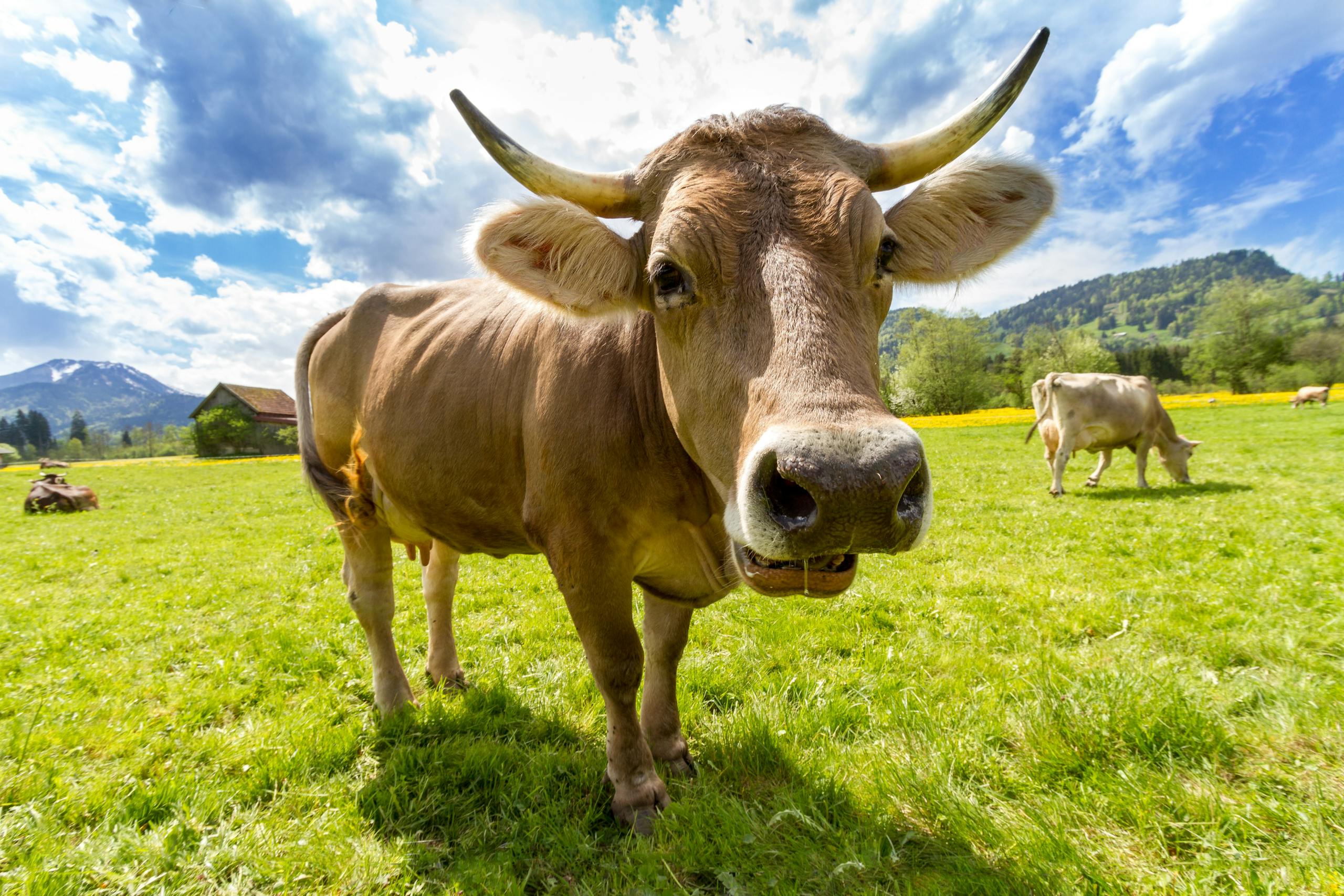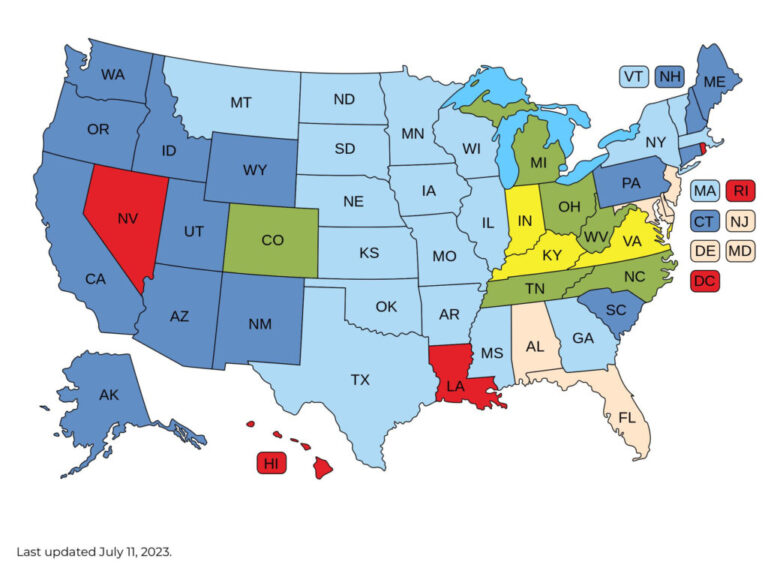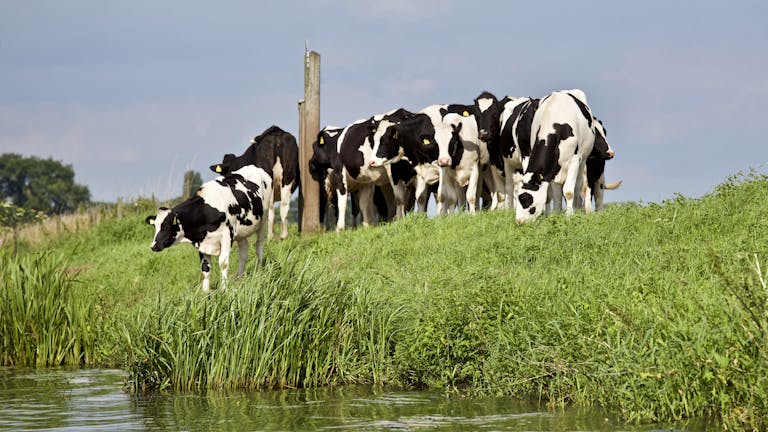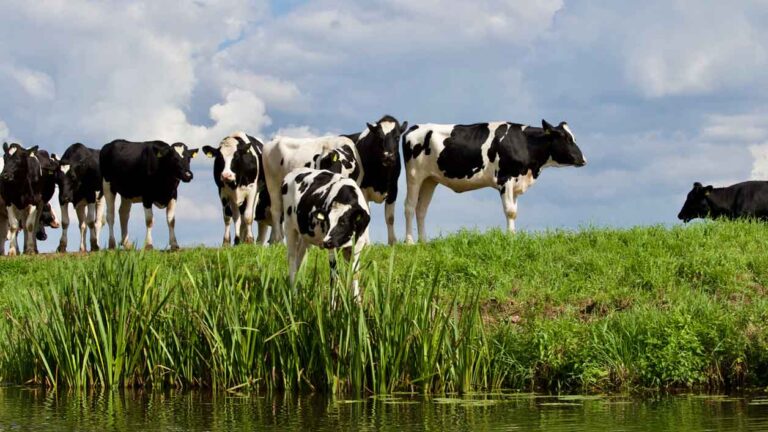Eco alarmists betray their ignorance about the full scope of cow husbandry.
This is a repost with permission from the author.
Fraudulent claims about methane production have been leveled against cows by climate alarmists. To get to the truth, it’s important to understand there are complex differences in methane production depending on feed: Grain-fed and grass-fed cows impact the ecosystem differently. Many slander grass-fed cows as destructive, but the opposite is the case.
Cows Eat Grass or Grain
Grass-fed cows grow more slowly naturally than grain-fed cows, taking about six months longer to reach finished weight for slaughter. Critics claim this longer life increases methane, and that grain-fed cows produce less methane. Both claims are true but ignore the greenhouse gas and pollution emissions emitted by the production of grains. Most grains fed to cows are GMO monocultures (soy and corn), dependent on fossil fuels, glyphosate and other chemical adjuncts, pesticides, herbicides, and bee-killing neonicotinoids. The tractors used to grow grains compact the soil, increasing erosion, water run-off, and loss of minerals. The chemical applications destroy vital microbes, and tilling releases carbon dioxide into the atmosphere in massive quantities.
If these additional measurements were included to determine the total environmental impact of grain-fed animals, the folly of the industrial claims that bigger is better and that unnatural grain feeding is less destructive to the environment becomes glaringly apparent.
The same is true of solar panels and EVs. By excluding the chemical and other pollution created by manufacturing solar panels (mostly with coal, in Chinese factories) and EVs (consider the lithium mines alone!), climate alarmists push technologies that do the opposite of what they claim. Even if solar panels are net-zero for greenhouse gases (a highly dubious assertion), they are not net-zero for carcinogens or a myriad of toxic heavy metals, untested chemicals, and energy inputs spewed like a plume of filth from those faraway factories. Climate alarmists display images of forests burned in the Amazon to grow crops but dismiss pictures of lithium mines, with lakes of toxic tailings leaking across third-world landscapes.
A critical thinker might also query how much concern humanity should hold for dogs and cats, which pass gas freely and now consume some 25% of all US meat production. Maligning millions of adored pets might be a problematic political pill to peddle, so the hapless, harmless cows — who have fed and clothed humans for thousands of years — become the scapegoats. Yet not a peep is uttered against canine/feline greenhouse gas pollution.
The attacks on cows are revealed as scandalously false when further comparisons are made. Consider the environmental impact of cow manure vs cow burps, contrasting the natural fertilizer with the synthetic industrial products that presumably will be applied to crops instead.
Gas vs Solid, Burps vs Cowpies
When Rep. Alexandria Ocasio-Cortez (D-NY) created a stir by flapping her lips against cow gases, the ignorance displayed was profound. For one thing, most bovine emissions (about 95%) are burped up: Fermentation occurs in the first stomach, or rumen. For another, AOC falsely labeled a gas as a pollutant, ignoring the solid waste that is (100%) emitted from the cow’s derriere. That manure is what humanity has used for eons to improve soil fertility and crop yields and prevent desertification.
Manure vs Synthetic Urea, Tracing Methane
Cows on pasture distribute their manure, fertilizing the land without tractors or chemical factories. As cows have been consolidated into CAFOs (Confined Animal Feeding Operations), their manure has been collected in lagoons, where it is then mechanically spread using fossil fuels and industrial equipment, inflicting yet more soil compaction and chemical pollution. Natural, soil-building manures have been largely displaced by synthetic fertilizers, of which urea is key.
Industrial urea is produced using natural gas, aka methane. AOC and the other cow-clueless leaders on environmental policy are advocating to eliminate cows because they emit methane gas, and then replace their manure with industrial applications that destroy soil life and pollute waterways, are manufactured from methane gas, and distributed using fossil fuels instead of solar-powered, grass-fed cows.
And how do they propose to replace cows? Their milk is to be replaced with soy, almond, cashew, or oat milk – all requiring massive and unsustainable amounts of water to produce: Most are “farmed” using chemical applications and fossil fuels. Cows’ meat is to be replaced with synthetic (primarily soy) artificial Frankensteinian concoctions, all dependent once again on industrial chemicals and fossil fuels, created in new, high-tech factories protected by regulations and patent ownership and funded by profit-hungry hedge funds.
Grass-fed agricultural practices are healthier for farm animals, allowing them to roam rather than be locked in a concrete jungle. They are also much healthier for the humans who later eat those animals and for the environment. Cows are our climate allies, not adversaries, yet the attacks continue, employing lies that favor industrial, chemical-dependent monocultures and increasing dependency on patented, processed foodstuffs.
Whether it is cow plops or horse dung, manure is an asset for the land that far exceeds any putative harm attributed to methane from gaseous emissions from either end of that innocent creature. Cow critics might see this if they briefly dismounted from their high horses.




![SUPPORT: Right to Grow/Raise Food [Tennessee] State bill, also in Texas and passed in Maine](https://doortofreedom.org/wp-content/uploads/2024/09/th-492196754.jpg)



